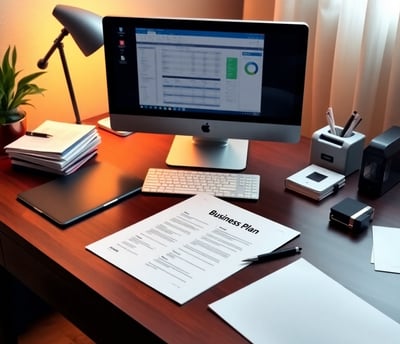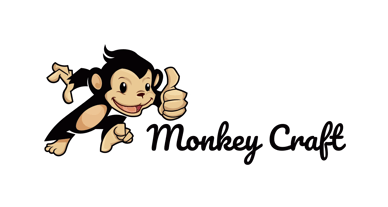So you want to start farming
Start with a plan
3/19/20252 min read


The first Steps to Starting Your 3D Printing Business involve a mix of planning, setup, and marketing. Here’s a step-by-step guide to get started the right way:
Step 1: Define Your Niche & Business Model
Before buying a printer, decide what you’ll sell and who your customers are:
Custom Prints – Offer personalized designs (nameplates, keychains, cosplay props).
Miniatures & Models – Print D&D figures, board game pieces, collectibles.
Functional Parts – Replacement parts, brackets, enclosures, and industrial items.
Prototyping Services – Help businesses or inventors bring ideas to life.
💡 Tip: Research Etsy, eBay, or local markets to see trending & profitable products.
Step 2: Get the Right 3D Printer & Materials
Pick a printer based on your niche:
FDM Printers (Filament-based) → Bambu Lab X1C, Prusa MK4, Creality K1 (for functional parts, large prints).
Resin Printers (SLA/DLP) → Anycubic Photon M5S, Elegoo Saturn 3 Ultra (for high-detail miniatures, jewelry).
Other essentials:
Filaments & Resin – PLA, PETG for FDM; standard or ABS-like resin for SLA.
Post-Processing Tools – Sandpaper, paint, adhesives, resin wash station.
Spare Parts – Nozzles, hot ends, resin vats, FEP films for maintenance.
💡 Tip: Start with one or two printers and expand as demand grows.
Step 3: Set Up Your Business (Legal & Financials)
Register Your Business – Choose a business name (Monkey Craft) and register it as an LLC or Sole Proprietorship.
Get a Tax ID (EIN) – Needed for taxes and opening a business bank account.
Set Up Business Banking & Payments – Separate your personal and business finances.
Research Licenses & Permits – Check local regulations for running a home-based business.
💡 Tip: Keep track of expenses using QuickBooks or Google Sheets.
Step 4: Build Your Online Presence and make sure your website has:
E-commerce Store – Sell prints, accept orders.
Portfolio/Gallery – Show off past projects.
Custom Quote Form – Let customers request custom prints.
SEO & Marketing – Optimize for Google search.
💡 Tip: Also list on Etsy, eBay, or Facebook Marketplace for extra visibility.
Step 5: Price Your Products & Services 💰
To price your prints, factor in:
Material Costs – Filament, resin, power usage.
Print Time – Charge per hour of printing.
Post-Processing – Time spent sanding, painting, etc.
Shipping & Packaging – Boxes, labels, and delivery fees.
💡 Example Pricing:
A small custom keychain (low material, 2-hour print) → $10-$15
A high-detail mini-figurine (resin, post-processing) → $30-$50
A functional replacement part (PETG, 4-hour print) → $20-$40
Step 6: Market Your Business & Get Customers
Social Media: Post on Instagram, TikTok, Facebook (share time-lapses, final prints).
YouTube/TikTok: Create tutorials or “satisfying print” videos.
Local Networking: Offer services to schools, local businesses, and makerspaces.
Run Ads & Giveaways: Offer discounts or free prints to gain traction.
💡 Tip: Hashtags & SEO matter! Use hashtags like #3DPrinting, #Custom3DPrints, #EtsyShop to attract buyers.
Step 7: Scale & Improve Your Business
Once orders start flowing:
Add more printers to increase production.
Automate processes (OctoPrint for remote monitoring).
Expand your product line (offer more designs, kits, or subscription services).
Partner with businesses (manufacturers, architects, local stores).
💡 Tip: And finally always remember you will be successful, just put in the time!
